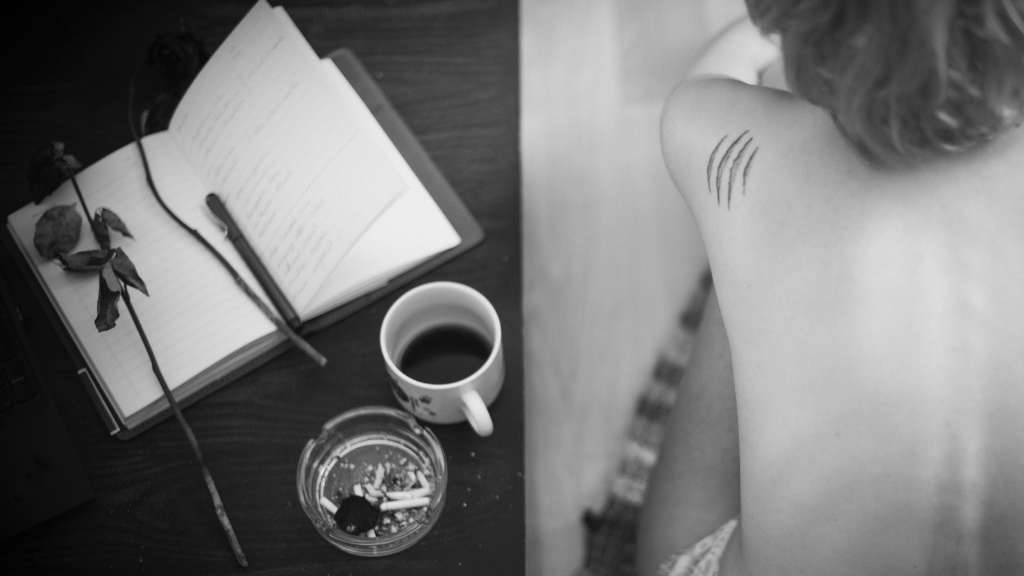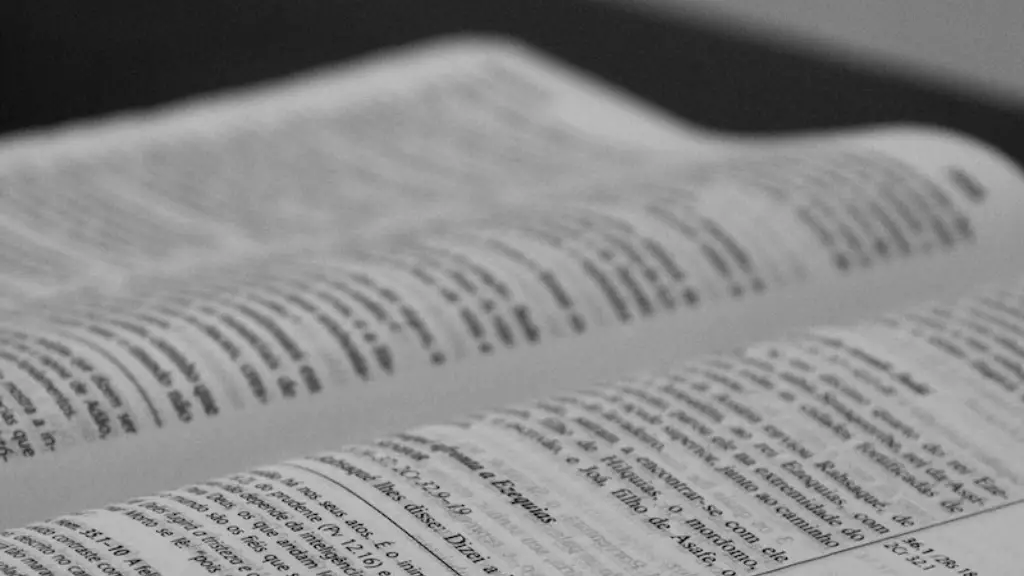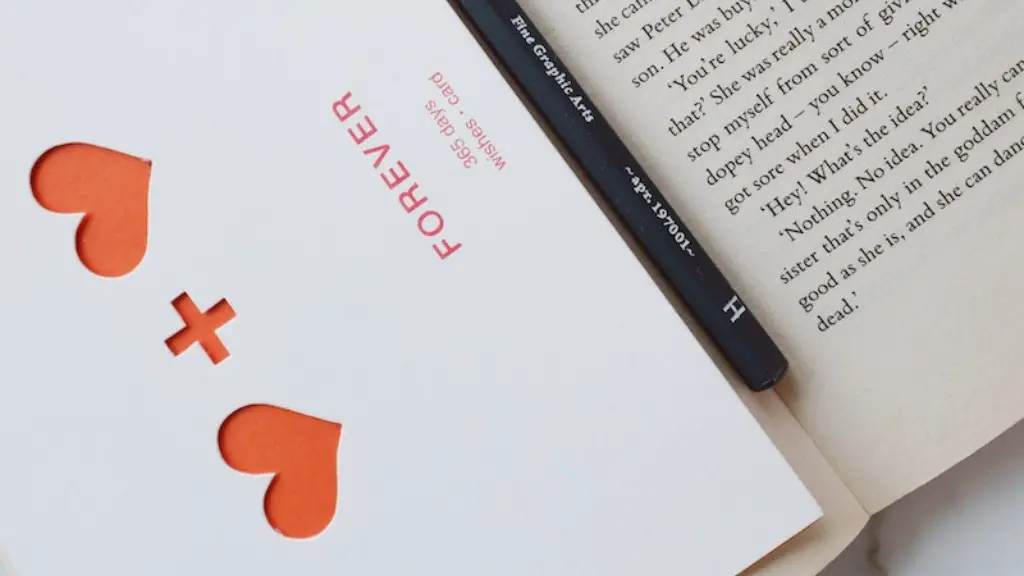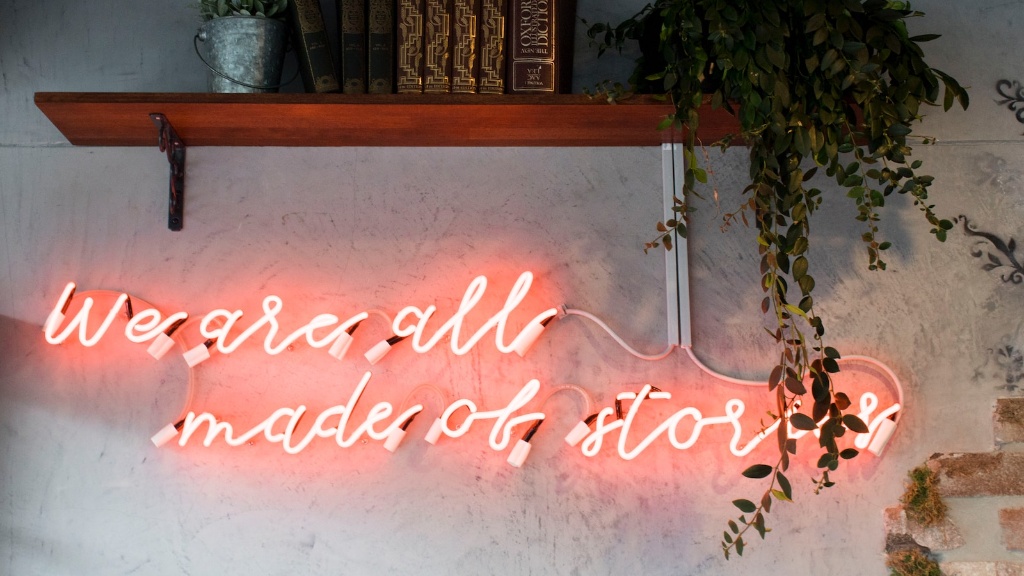Juxtaposition is a key element of poetry writing. This technique, when used effectively, has the power to change the entire mood or tone of a poem. Whether it’s used to draw a contrast or comparison, juxtaposition causes the reader to think more deeply about the imagery and symbolism in a poem. By bringing contradictory or contrasting words, concepts and images together, it creates an interesting and often thought-provoking effect.
Many of the greatest poets have used juxtaposition as a fundamental part of their work. Among the best-known examples are those of William Wordsworth, who juxtaposed ordinary everyday scenes with the beauty or power of nature in several of his greatest works. He used contrast to provide a contrast between the two, often to good effect. He broke away from traditional, stylised verse and instead sought to paint a vivid picture with his words.
In the next step, poets can express their ideas even more sharply by juxtaposing implications of primeval violence, such as hate and cruelty, with a gentler world and thus draw attention to the fragility of any calmness and serenity. Sylvia Plath employed this approach masterfully in her poem “The Imitation of Winter”, where she juxtaposes the idea of winter—the season described as a time of death and despair—with images of hope and renewal, indicating a glimmer of recovery from both physical and mental pain.
Another example of this technique is “The Raven” by Edgar Allan Poe. His poem juxtaposes life, death and the afterlife to create a disturbing narrative that hints at a more sinister aspect of life. As a result, the poem is both mesmerising and disturbing as he juxtaposes hope and despair, offering an unexpected and unsettling perspective.
The juxtaposition of opposing ideas and concepts can also be used to create a sense of irony in the poem. Irony can be used to create a layer of ambiguity or to express a certain idea that goes against the literal meaning of the words being used. In this case, it serves to underscore the ideas and themes explored in the poem. An example of this is the poem “Do Not Go Gentle into That Good Night” by Dylan Thomas, which juxtaposes the narrative of death with a heroically defiant attitude.
Moreover, some poets may purposefully expose the raw emotions of humanity by juxtaposing intensity with comfort and peace. While pain and anger can be seen throughout their works, the poet often does not forget to sprinkle in moments of tenderness and beauty in order to make the poem even more impactful. For example, Walt Whitman used this approach to explore the power of death in “When Lilacs Last in the Dooryard Bloom’d”. He juxtaposes the setting of the poem, depicting a pleasant summer day with a mourning sorrowful theme.
In conclusion, juxtaposition is an incredibly powerful tool for poets. By creating a comparison between two seemingly unrelated concepts, images or words, juxtaposition can have striking effects on the tone and emotion in a poem. It allows poets to explore ideas, emotions and themes in ways that would be impossible for them to otherwise.
Expressing Complex Emotions
Juxtaposition of images, words, and ideas can be a strong tool for expressing complex emotions. The poet is able to use this technique to give the reader insight into more complex layers of feelings. Through juxtaposition, the poet can create a powerful contrast between two seemingly different elements, giving the reader a better understanding of the complexity of a certain emotion. William Butler Yeats expertly uses juxtaposition in his poem “The Second Coming”. He combines words with strong religious implications and juxtaposes them with words relating to anarchy and chaos to create a deep, powerful, and unsettling message. His poem expresses the complex emotions and reactions we experience when facing the unknown, uncertainty, and impending chaos.
Exploring Different Perspectives
Juxtaposition can also be used to explore different perspectives of a concept or idea. By comparing and contrasting contrasting ideas, a poet can give the reader a richer and more profound understanding of a specific emotion or concept. An example of this technique is found in the poem “Stopping By The Woods On A Snowy Evening” by Robert Frost. In this poem, the poet juxtaposes the wintry, still atmosphere of the woods versus the darker, more chaotic moment of abandoning one’s promises. By exploring these two very different perspectives, Frost is able to reveal the inner turmoil of his narrator, who is caught between an invitation for a romantic escape and the obligations of home and hearth.
Highlighting Contrasts
Juxtaposition can be used to highlight the contrasts between two elements and create a vivid and striking visual, bringing two very different ideas together and showing how they are connected. Emily Dickinson is well-known for her use of juxtaposition to highlight the stark contrasts between life and death, love and hate, peace and chaos. In her poem “Hope is the Thing with Feathers”, Dickinson juxtaposes the concept of hope, with its connotations of warmth and joy, with the concept of feathers, which symbolizes lightness, flight and freedom. By contrasting these two seemingly contrasting ideas, Dickinson gives the reader a vivid image of hope that speaks to the human desire for joy and freedom.
Endowing Images With Meaning
Finally, poets can use juxtaposition to endow images with more meaning. By combining powerful and contrasting images, a poet can create powerful and complex metaphors and similes that take on more significance. In his poem “The Tyger”, William Blake does a masterful job of juxtaposing the image of a tiger with the image of a divine creator. By using this juxtaposition, he creates a powerful metaphor for the contradiction of existence. Through this metaphor he also brings up questions about evil and suffering in the world, and how they can coexist with a divine creator.
Creating Cognitive Conflict
A poet can also use juxtaposition to create cognitive conflict in their work. By juxtaposing two seemingly contradictory concepts, a poet can challenge the reader’s preconceived beliefs and cause them to question their accepted notions. For example, Seamus Heaney’s poem “The Cure at Troy” juxtaposes the idea of hope with the idea of time, placing both in a timeless context and creating a cognitive conflict between the two. This cognitive conflict forces the reader to consider the idea of hope and its implications beyond the confines of time.
Raising Questions about Society
Lastly, poets use juxtaposition to raise questions about society and its values. By creating an image of two opposing elements, a poet can ask probing questions about the accepted norms and values in a society. An example of this is found in the poem “Praise Song for the Day” by Elizabeth Alexander. In this poem, she juxtaposes two competing images, pleasure and pain, and creates a powerful metaphor for the struggle of being alive. By doing so, she is able to explore the ideas of suffering and joy, asking the reader to consider the complexity of life and its implications on our humanity.



